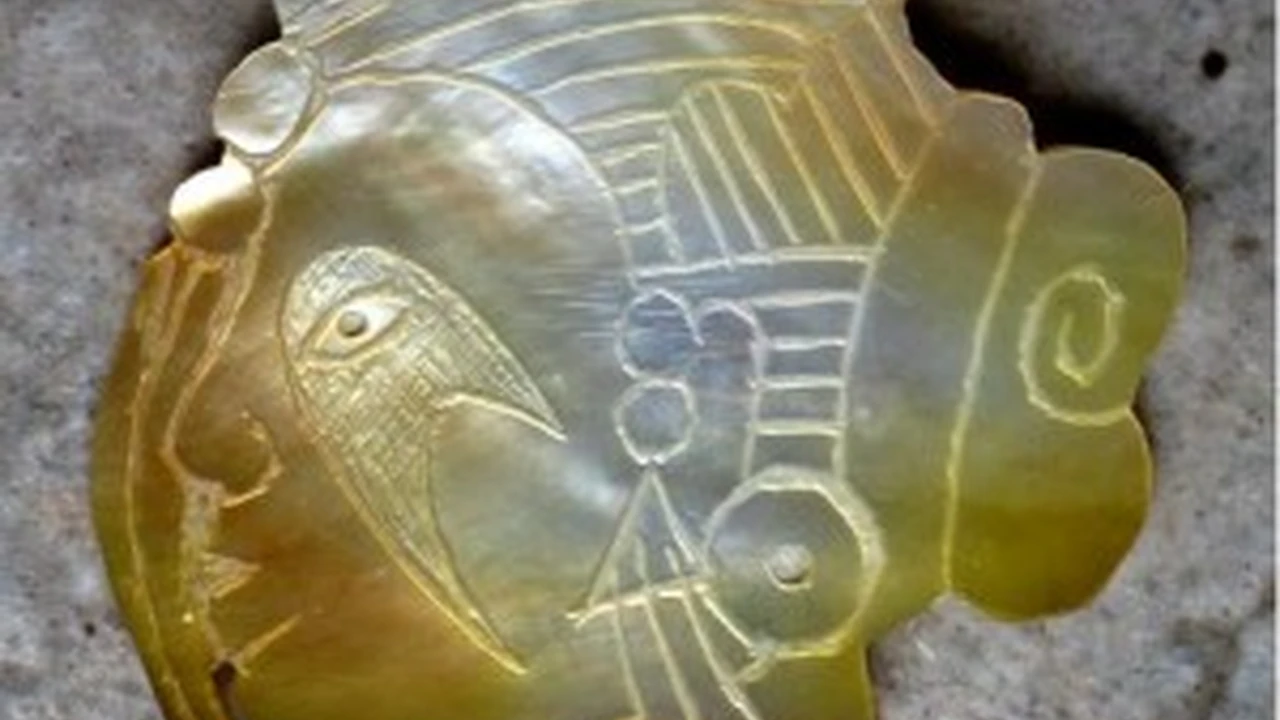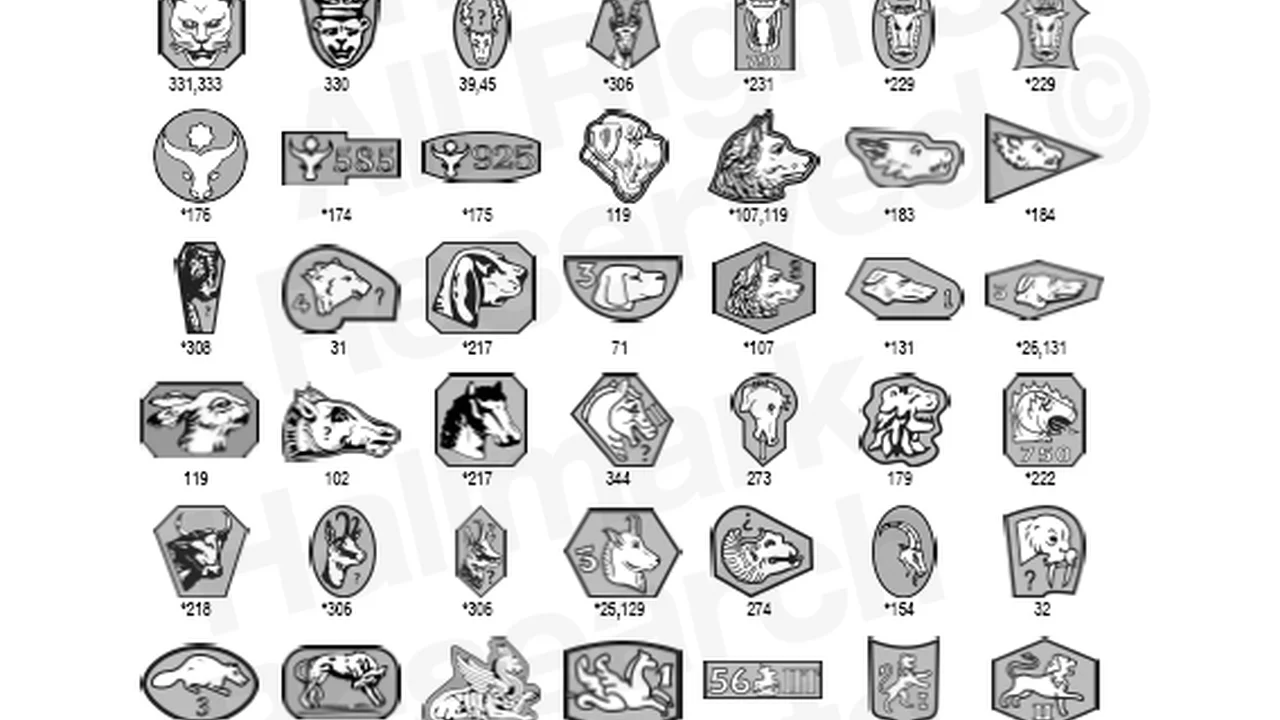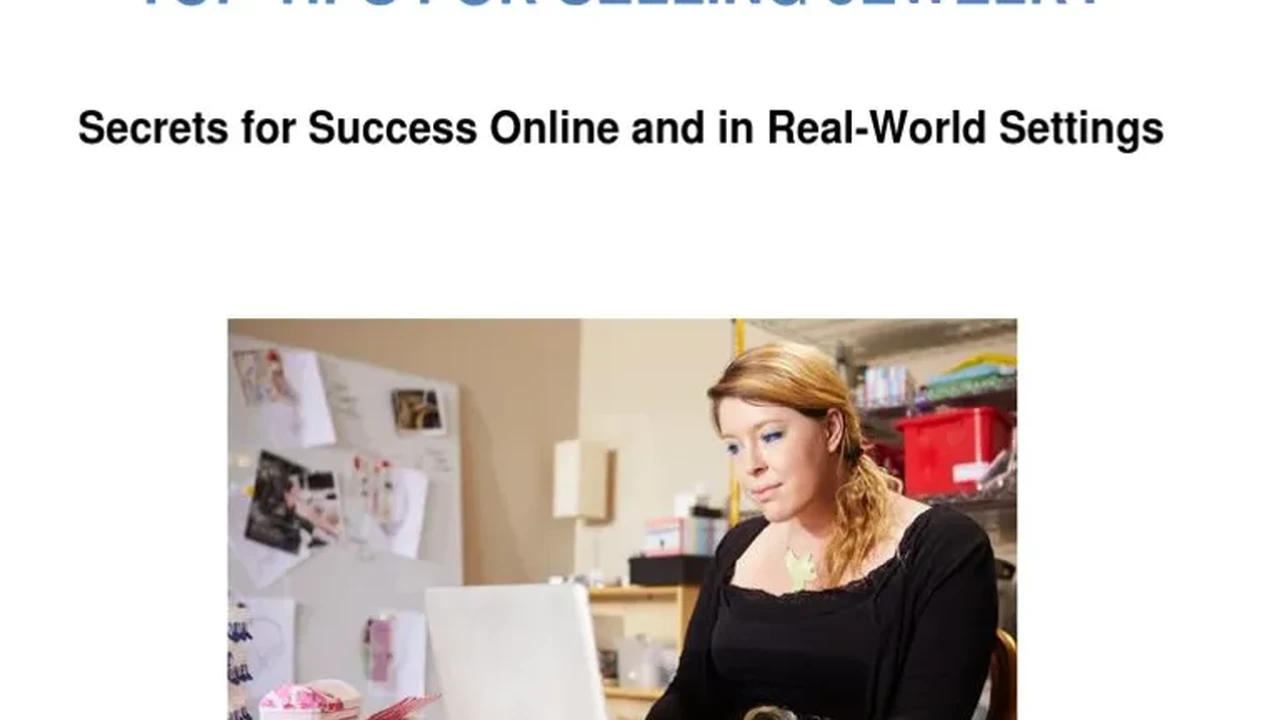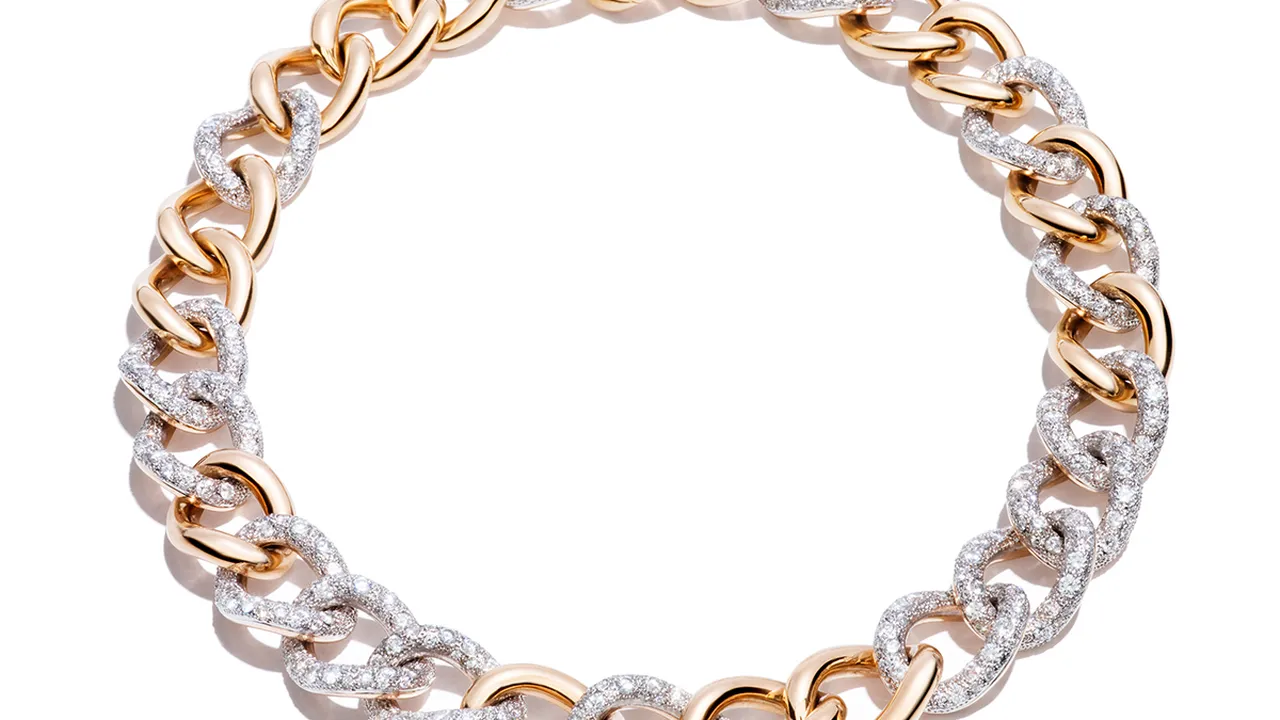Antique Jewelry Investment Strategies Building a Valuable Collection
Learn how to invest in antique jewelry and build a valuable collection Understand market trends, rarity, and long term investment strategies.
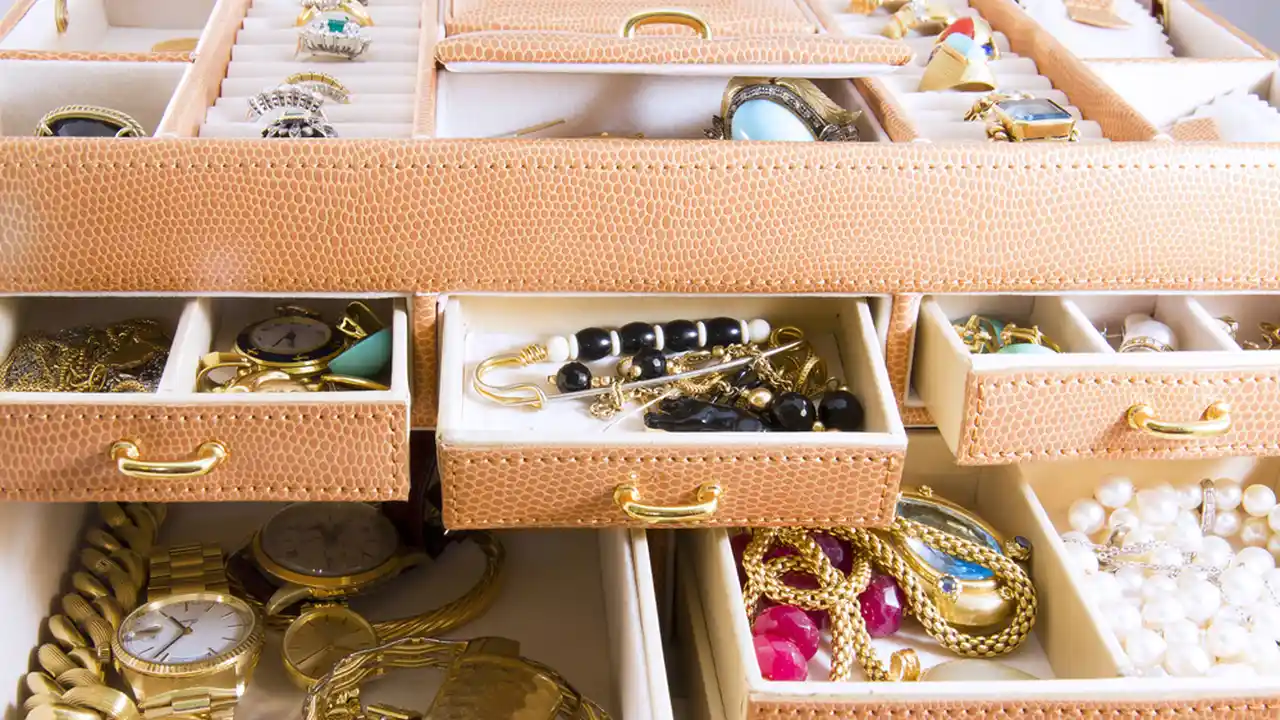
Understanding the Antique Jewelry Market for Investment
So, you're thinking about investing in antique jewelry? That's awesome! It's not just about owning beautiful pieces; it's about understanding the market. Think of it like stocks, but shinier and older. The antique jewelry market is influenced by a bunch of things: economic trends, changing tastes, and even what celebrities are wearing. Knowing what's hot and what's not is key to making smart investment decisions. We'll dive into what drives prices and how to spot potential winners.
Assessing Rarity and Condition Key Factors in Antique Jewelry Value
Rarity is king (or queen!) in the antique jewelry world. The fewer pieces like it that exist, the more valuable it becomes. But rarity isn't everything. The condition of the jewelry is also super important. A rare piece that's falling apart won't be worth as much as a more common piece in excellent condition. Look closely for any damage, repairs, or missing stones. The better the condition, the bigger the potential return on your investment.
Building a Diversified Antique Jewelry Collection
Just like any investment portfolio, diversification is your friend. Don't put all your eggs (or diamonds!) in one basket. Consider building a collection that includes different eras, styles, and gemstones. This helps to spread your risk and increase your chances of finding pieces that appreciate in value. Think about including Victorian lockets, Art Deco bracelets, and Georgian rings to create a well-rounded and resilient collection.
Long Term Investment Strategies for Antique Jewelry
Investing in antique jewelry is a long game. It's not about getting rich quick. It's about holding onto pieces that you believe will appreciate in value over time. Think decades, not months. This means doing your research, buying wisely, and taking good care of your collection. Consider factors like provenance (the history of ownership), maker's marks, and the overall aesthetic appeal of the piece. These elements can all contribute to long-term value.
Spotting Investment Opportunities in Antique Diamonds
Diamonds are a classic investment, but antique diamonds are even more special. Old European cuts, Rose cuts, and Mine cuts have a unique charm that you just can't find in modern diamonds. These cuts were made by hand, and each one is slightly different. Look for diamonds with good color and clarity, but don't be afraid of slight imperfections. These imperfections are part of their character and can even add to their value. Consider these specific cuts:
- Old European Cut Diamonds: These diamonds have a round shape with a high crown and a small table. They were popular from the late 19th century to the early 20th century.
- Rose Cut Diamonds: These diamonds have a flat base and a domed top with triangular facets. They were popular in the 16th and 17th centuries.
- Mine Cut Diamonds: These diamonds have a square or rectangular shape with a cushion-like appearance. They were popular in the 18th and 19th centuries.
Investing in Signed Antique Jewelry Pieces by Famous Designers
Signed pieces by famous designers are highly sought after by collectors. Names like Cartier, Tiffany & Co., and Van Cleef & Arpels command premium prices. Look for pieces that are in good condition and have clear maker's marks. These pieces are not only beautiful but also represent a piece of history. The scarcity and brand recognition drive up their value significantly over time. Consider these designers when looking for investment opportunities:
- Cartier: Known for their Art Deco designs and use of high-quality gemstones.
- Tiffany & Co.: Famous for their iconic diamond settings and timeless designs.
- Van Cleef & Arpels: Renowned for their innovative techniques and use of precious materials.
Antique Jewelry Investment Case Studies Examples and Outcomes
Let's look at some real-life examples. A Victorian mourning brooch, purchased for $500 in 2000, featuring jet and seed pearls, recently sold for $2,500. An Art Deco diamond bracelet by Cartier, bought for $10,000 in 1995, is now valued at $80,000. These examples show the potential for significant returns, but they also highlight the importance of choosing the right pieces and holding onto them for the long term.
Recommended Antique Jewelry Pieces for Investment
Here are a few specific pieces to consider, along with their potential uses, comparisons, and estimated prices:
- Victorian Snake Bracelet: Made of 18k gold with ruby eyes.
- Use: Wear it as a statement piece or keep it as a collector's item.
- Comparison: Similar bracelets can range from $1,500 to $5,000 depending on the maker, gold content, and gemstone quality.
- Price: Expect to pay around $3,000 - $4,000 for a well-preserved piece.
- Art Deco Sapphire and Diamond Ring: Platinum setting with a central sapphire and diamond accents.
- Use: Wear it as an engagement ring or a cocktail ring.
- Comparison: Rings with similar sapphire quality and diamond carat weight can range from $8,000 to $20,000.
- Price: A high-quality Art Deco ring in excellent condition could fetch $12,000 - $15,000.
- Georgian Paste Rivière Necklace: Silver setting with graduated paste stones.
- Use: Wear it for special occasions or display it as a historical artifact.
- Comparison: Georgian paste necklaces vary widely in price based on the quality of the paste and the setting.
- Price: A well-preserved Georgian paste rivière necklace could cost $2,000-$6,000.
Caring for Your Antique Jewelry Investments
Taking care of your antique jewelry is crucial to preserving its value. Store your pieces in individual pouches or boxes to prevent scratching. Avoid exposing them to harsh chemicals or extreme temperatures. Clean them regularly with a soft cloth. And consider having them professionally cleaned and inspected every few years. Proper care will ensure that your investments continue to shine for generations to come.
Where to Buy and Sell Antique Jewelry for Maximum Profit
Finding the right places to buy and sell is essential. Reputable antique dealers, auction houses, and online marketplaces can offer a wide selection of pieces and expert advice. Do your research and compare prices before making any decisions. When selling, consider getting your jewelry appraised by a certified appraiser to determine its fair market value. This will help you negotiate the best possible price.
:max_bytes(150000):strip_icc()/277019-baked-pork-chops-with-cream-of-mushroom-soup-DDMFS-beauty-4x3-BG-7505-5762b731cf30447d9cbbbbbf387beafa.jpg)



